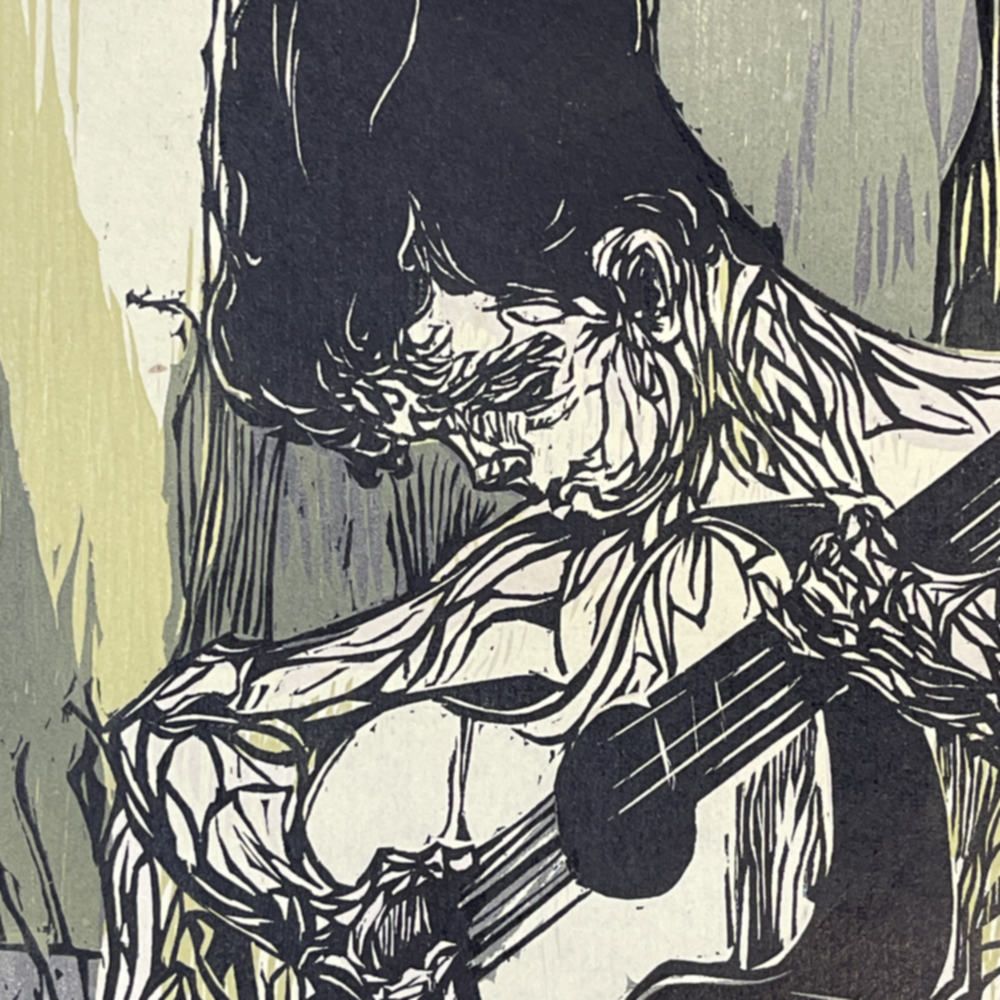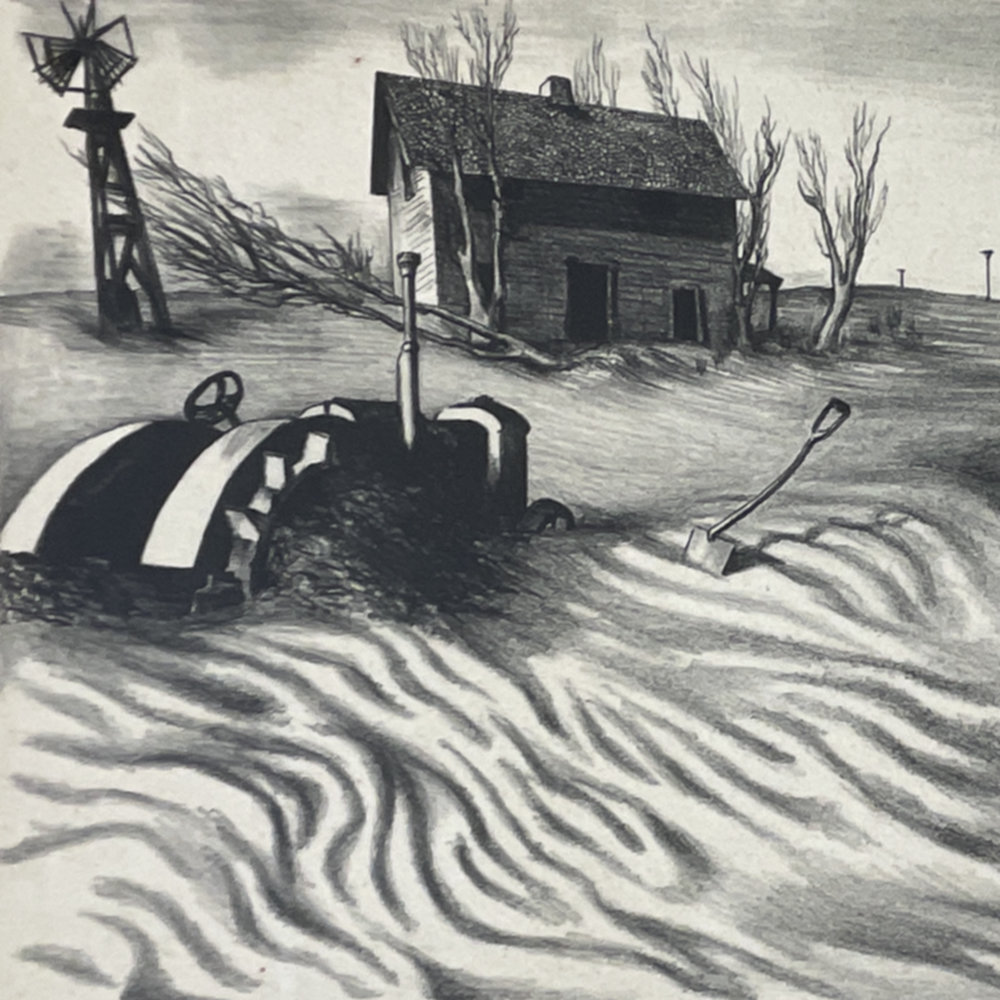Mervin Jules was a truly great American print-maker who, sadly, has been rather forgotten today. He grew up in Baltimore City and received a degree from the Maryland Institute of Fine and Applied Arts—now the Maryland Institute College of Art—in 1934. The following year he went to New York City and studied with Thomas Hart Benton at the Art Students League. Jules’s work was first exhibited in 1935 and his first solo exhibition was in November 1937 in New York City. He was artist-in-residence at Smith College from 1945 to 1946 and a professor from 1946 to 1969. (Jules was later joined in the art department by Leonard Baskin.) In 1969, Jules became chairman of the art department at the City College of New York. In addition to teaching and exhibiting his work, Jules published articles about art. He had a studio in Provincetown, Mass.
Like Baskin, Jules viewed art as social commentary, and was genuinely excited by “people and what they do.” A 1945 critic described him in an article in the Washington Post as an “artist with genuine social conscience … an effective spokesman for liberal ideas.” At the Art Students League in New York, he studied the European masters Honoré Daumier and Francisco Goya, to learn how they used caricature to confront unjust social conditions. Some found his early work hard to take, and one critic even referred to it as “brash expressionism and over-charged emotional reactions.”
Jules’ work has been shown at the Baltimore Museum of Art, the Whitney Museum of American Art, the Art Institute of Chicago, the Museum of Modern Art, the Brooklyn Museum; the Corcoran Gallery of Art biennial, and many others.


